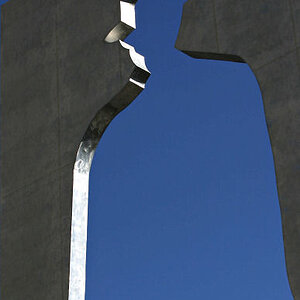FITBMX
Been spending a lot of time on here!
- Joined
- May 11, 2014
- Messages
- 3,860
- Reaction score
- 1,423
- Location
- Burns, KS, USA
- Can others edit my Photos
- Photos OK to edit
I do agree with Traveler. But this is still a really nice set! My favorites are #5 & #6. But I would lighten up on the texture layer in #6 a little, especially over her face. It still looks great as is though! 













